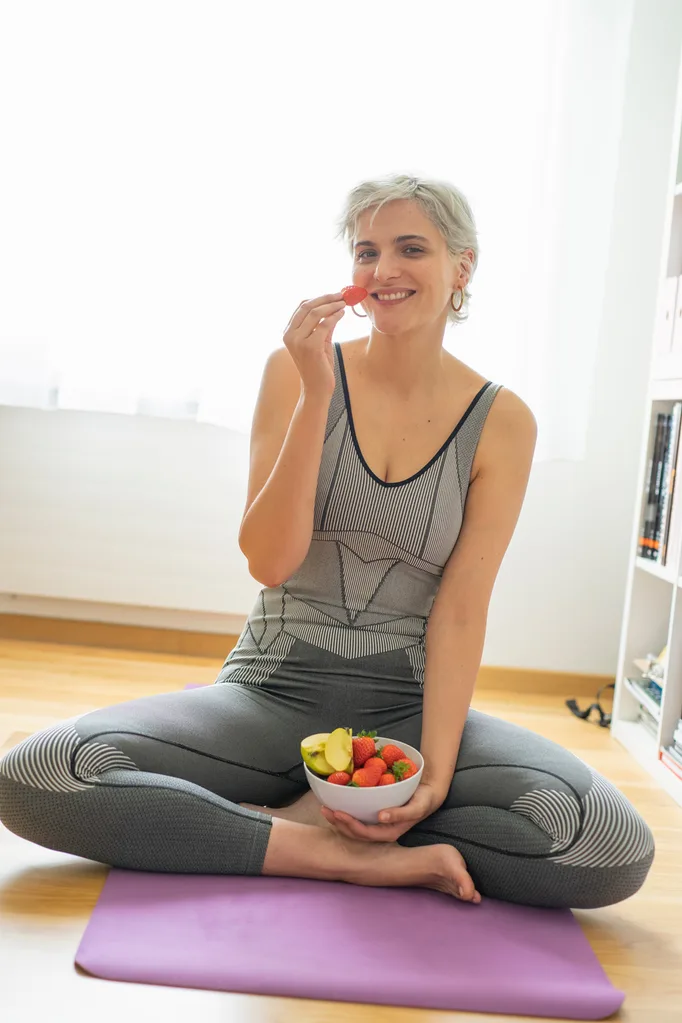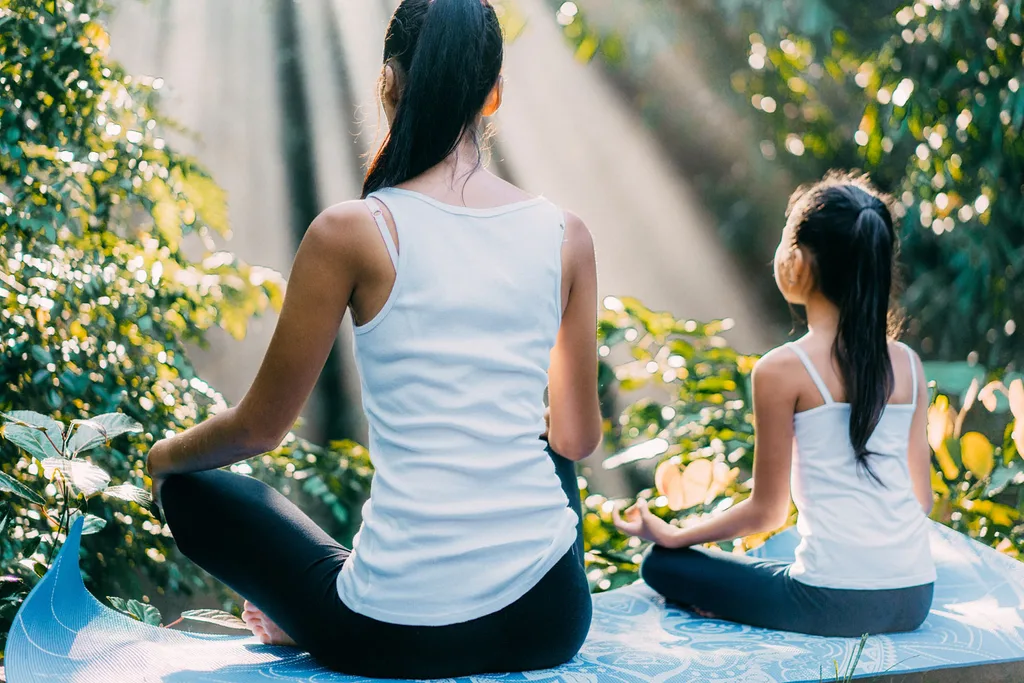If the kids are climbing the walls and you’re trying to juggle the mum/parent/home-schooling roles simultaneously, you *may* be feeling a few adjustment issues.
OK, A LOT of adjustment issues.
Dr Addie Wootten, Smiling Mind CEO and Clinical Psychologist, says self-isolation, social distancing and quarantine are all new terms that we’ve had to quickly get used to.
“Whilst we’re all going through some major life changes to help manage the spread of COVID-19, it’s beneficial to take a glass half full approach,” advises Dr Wootten. “Although home isolation may take some getting used to, there are strategies you can put in place to help you thrive whilst you spend more time inside.”
Here, Dr Wootten shares some simple and effective ways to thrive while in home isolation.
1. Let go of expectations
“Physical distancing is a foreign concept to a lot of us, and will take some getting used to. Many of us are working from home, some with a house full of kids, and usual activities that provide us with a sense of relief such as catching up with friends for coffee or heading to the gym is now off limits.
“A drastic change in routine is extremely challenging to adapt to, especially when it’s unclear on when things will go back to ‘normal’. It’s helpful to let go of our expectation of ‘normal’ during these times and instead embrace change. Try and work on creating a new ‘normal’ for yourself. This often about mindset so try and remind yourself that this is temporary, it will pass, and within this new way of living you can create new routines and structures so you feel more calm, more in control and less tense.
“When you find yourself getting frustrated by these temporary changes to life, remember to breathe. When you slow your breathing rate down the uncomfortable physical sensations of fear and anxiety start to subside. Try the following:
- Stop what you’re doing, take three long, slow deep breaths. Impose a rhythm on your breathing so that your out-breath becomes longer than your in-breath.
- Try a 4-2-6 rhythm – e.g. breathe for 4 counts, hold your breath for 2 counts, and breathe out for 6 counts.
- If that doesn’t feel comfortable, try imposing a 3-1-4 rhythm. The main thing is that your out-breath is slightly longer than your in-breath.”

2. Stay socially connected
“Maintaining social connections is trickier now that we’re all practising social distancing. However, we are wired to connect and seek comfort from others so it’s important to remember social distancing really means physical distancing and we must prioritise staying socially connected with our friends, family and colleagues.
“We communicate best when we can see each other’s body language and facial expressions so prioritising using video conferencing over phone conferencing with your colleagues so that you can see each other! Do your best to listen, be present and interact as mindfully as you can with others – really pay attention to the people you’re interacting with.
“If you’re isolating with your family why not use this time as an opportunity to reconnect whilst you’re all under the one roof! Plan activities that you can all do – it could be as simple as cooking dinner together or playing a boardgame.”
3. Practice mindfulness
“Mindfulness is a great way to proactively look after our mental wellbeing during this time. We can apply mindful awareness to everything we do!
“A great way to cultivate mindfulness is through meditation. The Smiling Mind app offers free, accessible mediations for everyone. It can also be as simple as directing your full attention to the activity you’re undertaking at a particular moment – it might be washing the dishes, brushing your teeth, chatting with a friend or even cooking. There’s a great recipe for mindful Cinnamon Scrolls on Smiling Mind’s Thrive Inside site here – this is also a great one to get kids involved in!
“Setting up a regular mindfulness practice can support better attention, memory, regulation of emotions and self-awareness. In turn, improvements in these areas can lead to reduced stress, anxiety and depression, better academic skills, social skills and self-esteem.”
4. Get moving
“Physical activity is a great way to release the build-up of excess energy that accompanies the acute stress ‘fight or flight’ response that majority of us are no doubt experiencing. Set aside time each day to do some sort of movement, this could be an online fitness or yoga class or simply listen to some uplifting music and dance around the house for a few minutes.
“Physical exercise increases endorphins and connects you back with your body – allowing you to be more present.”

5. Practise gratitude
“It’s easy to get caught up in what is going wrong right now, especially when we’re all living in our own bubbles.
“Carve out some time to ask yourself what you’re grateful for. This could be as simple as the food in your fridge, your support network or even the internet for allowing you to do your job from home!
“A great way to incorporate a gratitude practice into your routine is by writing down three things you are grateful for at the end of each day before you go to bed. Repeating this regularly, either nightly or once a week, will help you cultivate a more positive mindset.”
Visit Thrive Inside, Smiling Mind’s new initiative in response to COVID-19, for more tips and resources to proactively look after your mental wellbeing during this time.
You might also like:
How to create a healthy home office space










